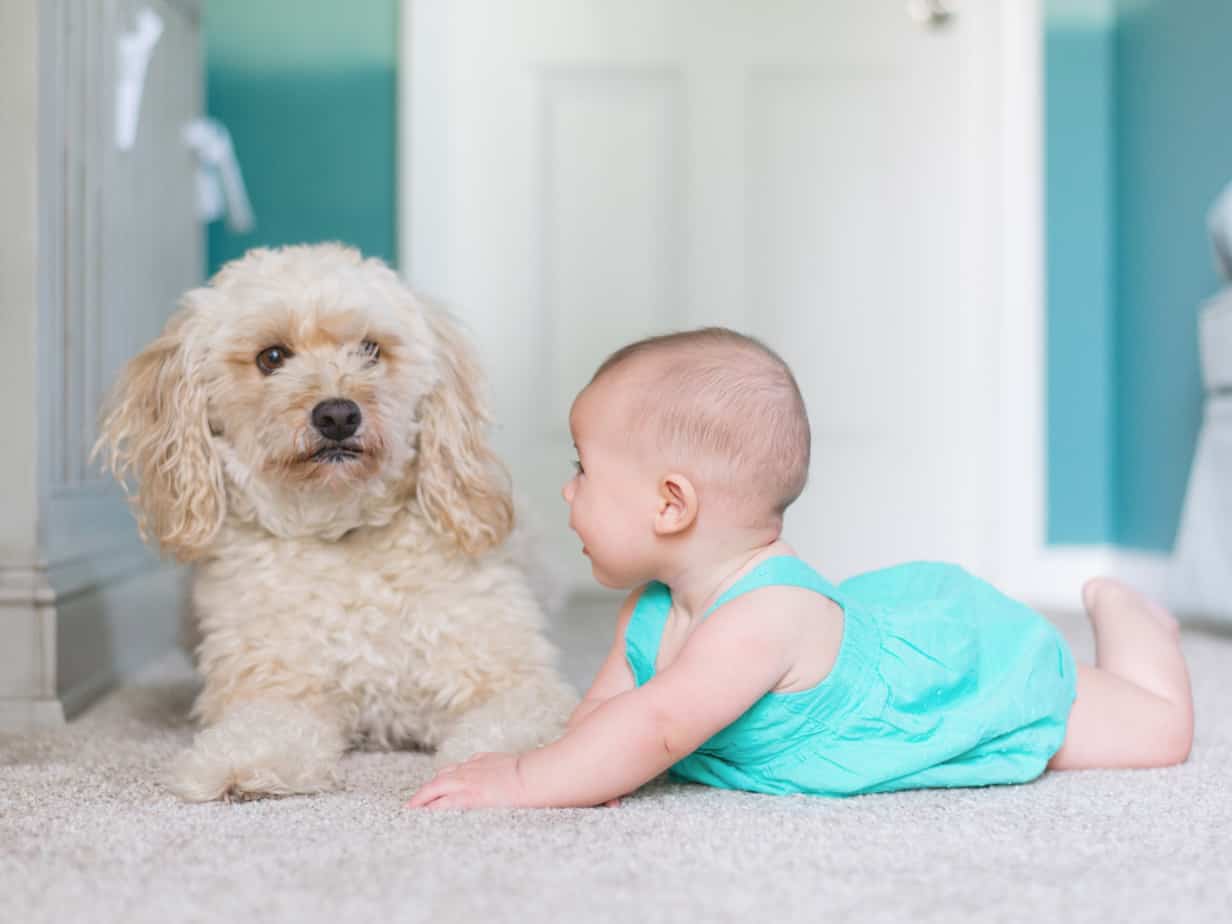
"Of the more than two million calls to U.S. poison control centers in 2017, 45% concerned kids 6 and younger, according to the latest data from the American Association of Poison Control Centers (AAPCC)."
"That’s no surprise, says Carl Baum, Ph.D, a professor of pediatrics and emergency medicine at the Yale School of Medicine. Toddlers can get around on their own starting around age 1, and they develop enough finger dexterity to grasp all kinds of household items."
"That increases the risk that they'll ingest potentially harmful things around the house, says Consumer Reports. 'The vast majority of exposures we see are kids picking up small objects and putting them in their mouth,' Baum says."
What are the most dangerous things children can get into or ingest? This is probably a common question among the Parents of Newborns and Toddlers who were using a search engine within the last month to research products and services, according to AudienceSCAN. Within the last six months, 24.1% have used the internet to view a TV commercial on YouTube, a site that 57.4% of these consumers engage with. They're 15% more likely than other adults to find advertising on social networks useful.
"Here are the most dangerous household poisons for youngsters younger than 6, and what you should do to keep little ones safe. (Older kids are at a somewhat lower risk, but parents should heed these tips as well.):
- Alcohol-Based Products: Keep alcoholic beverages and any other product that contains alcohol completely out of the reach of children. You might assume that a kitchen or bathroom counter is a safe spot, but it’s not. Even very young children can use a chair to climb up on counters.
- Household Cleaning Products: Store them up high and out of reach of children. Always keep cleaning products in their original bottles; a different container may not have the same safety features, such as an on/off nozzle (which won’t stop older children but may foil younger kids).
- Opiods and Other Dangerous Drugs: Store medications where kids can’t reach them, preferably locked away. Make sure medicine containers, including those that are child-resistant, are always completely closed after use.
- Button Batteries: Know which household products contain button batteries. Make sure that they can be opened only with a screwdriver or that they're similarly secure. (Duct tape can help but may not completely deter a curious kid.)
- Laundry Detergent Pads: Consumer Reports recommends that families with children younger than 6 avoid laundry pods altogether. Keep pod containers closed and store them up high and out of reach of kids.
- Electronic Cigarettes:Keep electronic cigarettes and liquid nicotine locked away and out of reach of kids. Never refill e‑cigs in front of them. Dispose of empty nicotine containers in a receptacle that children can't access."
Retailers can promote their baby-proofing products to Parents of Newborns and Toddlers many ways. Last year, according to AudienceSCAN, these parents took action after seeing a number of digital advertisements, including daily deals site ads (54.8%), mobile (52.9%) and email (50.1%). A lot of mixed media also caught their attention during that time, with 51.7% taking action after hearing radio ads both over-the-air and digitally and seeing ads in both online and print magazines. They're also 38% more likely than other adults to take action because of outdoor ads.
AudienceSCAN data is available for your applications and dashboards through the SalesFuel API. Media companies and agencies can access AudienceSCAN data through the AudienceSCAN Reports in AdMall.
